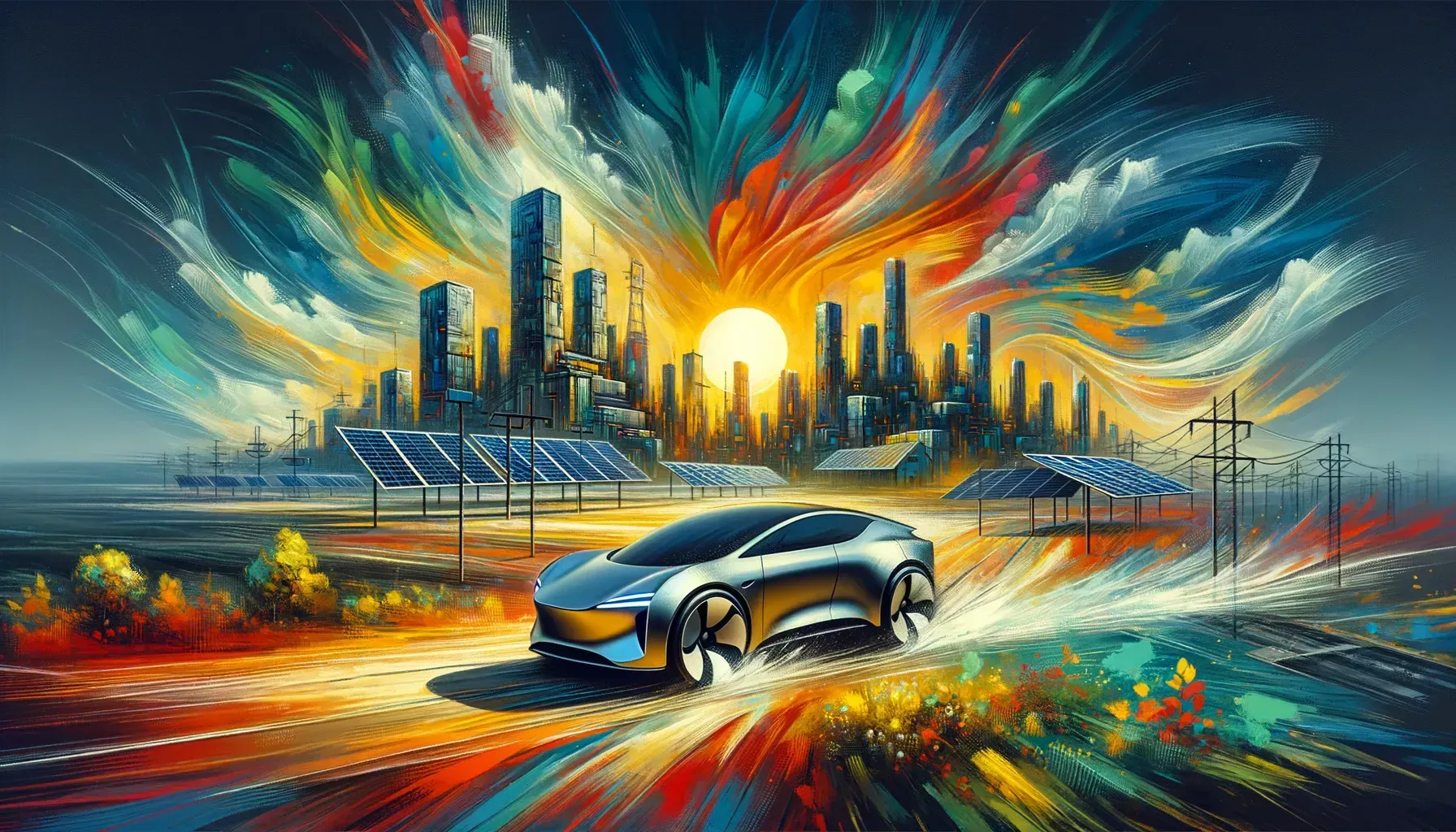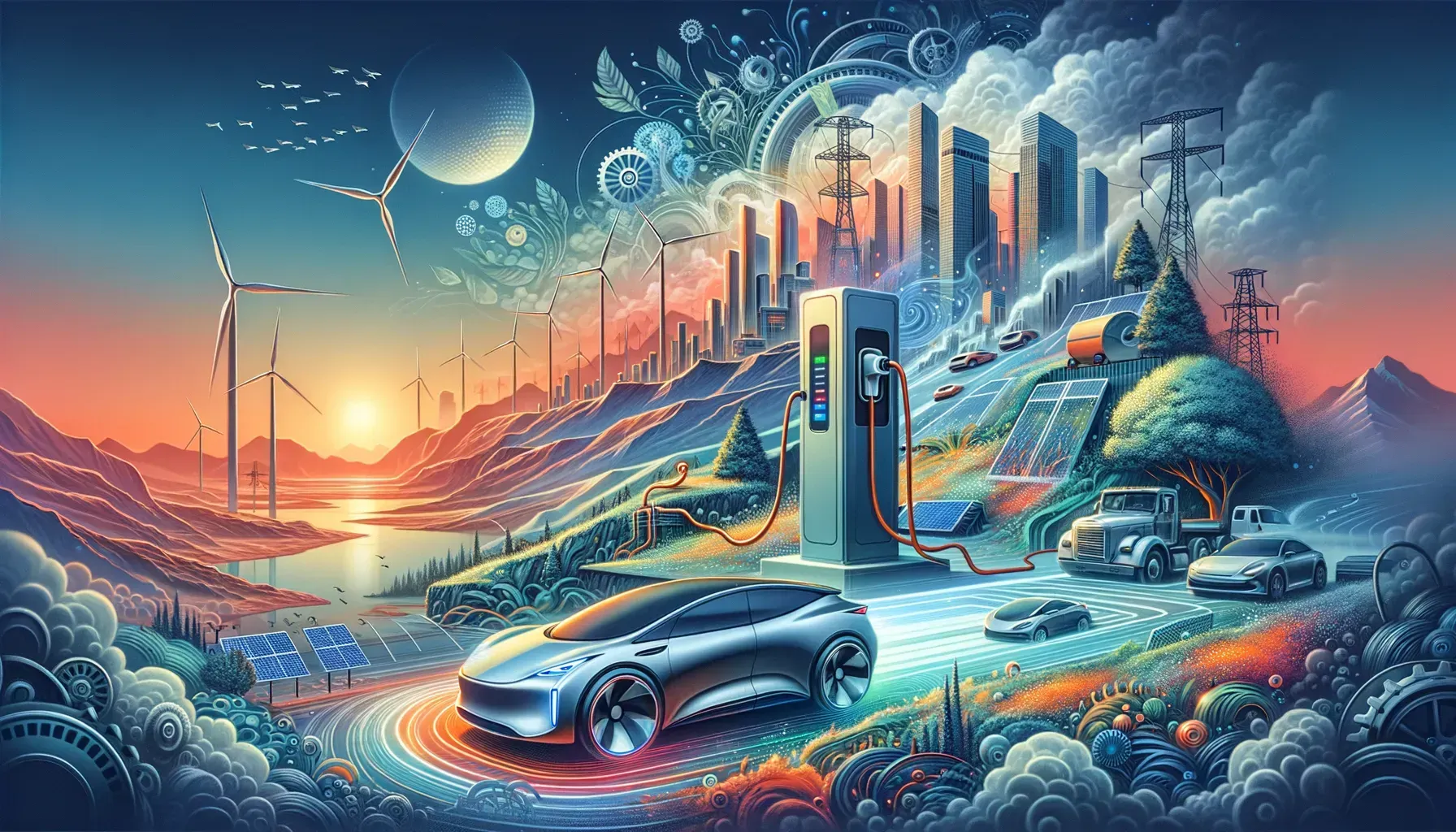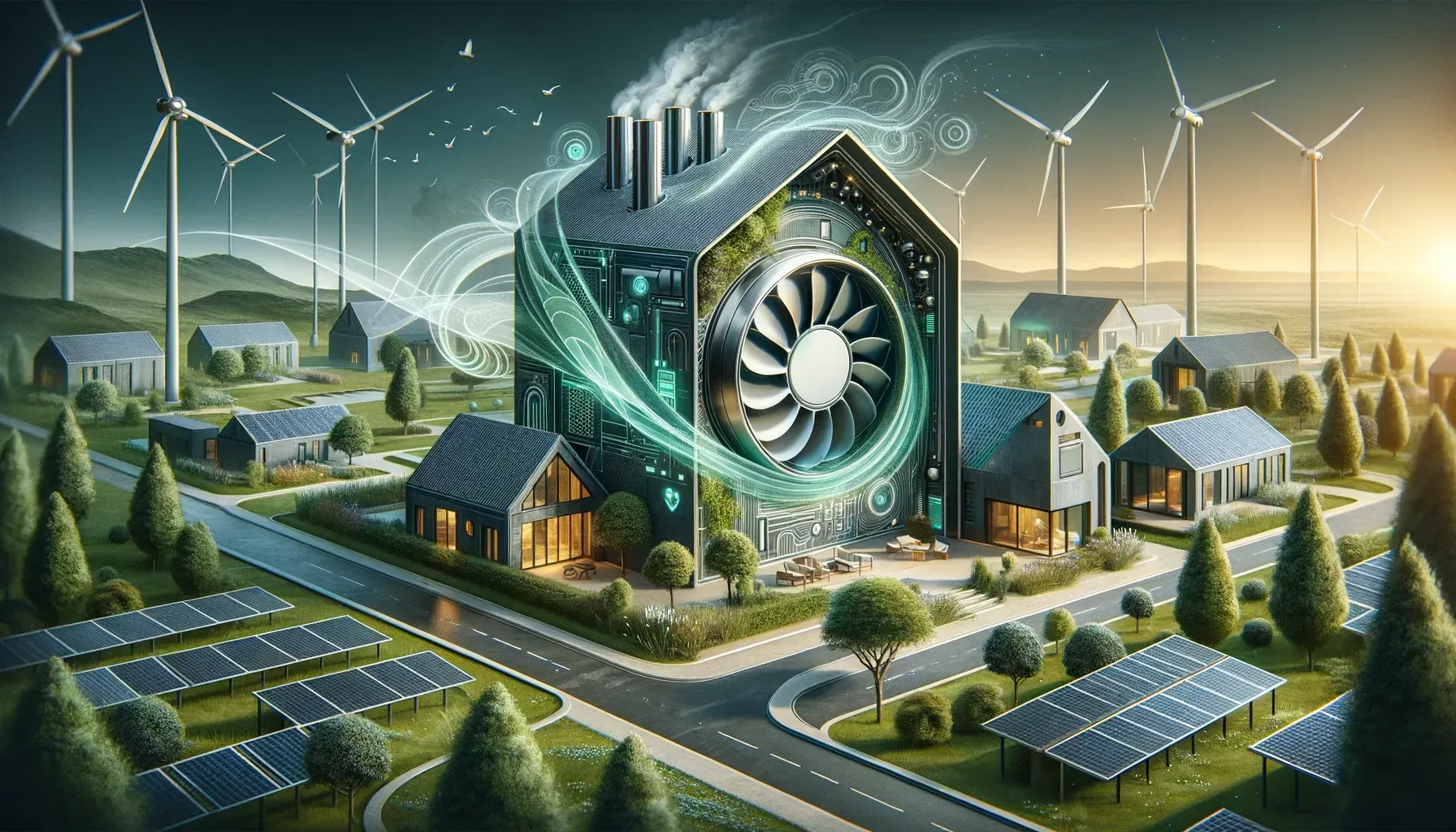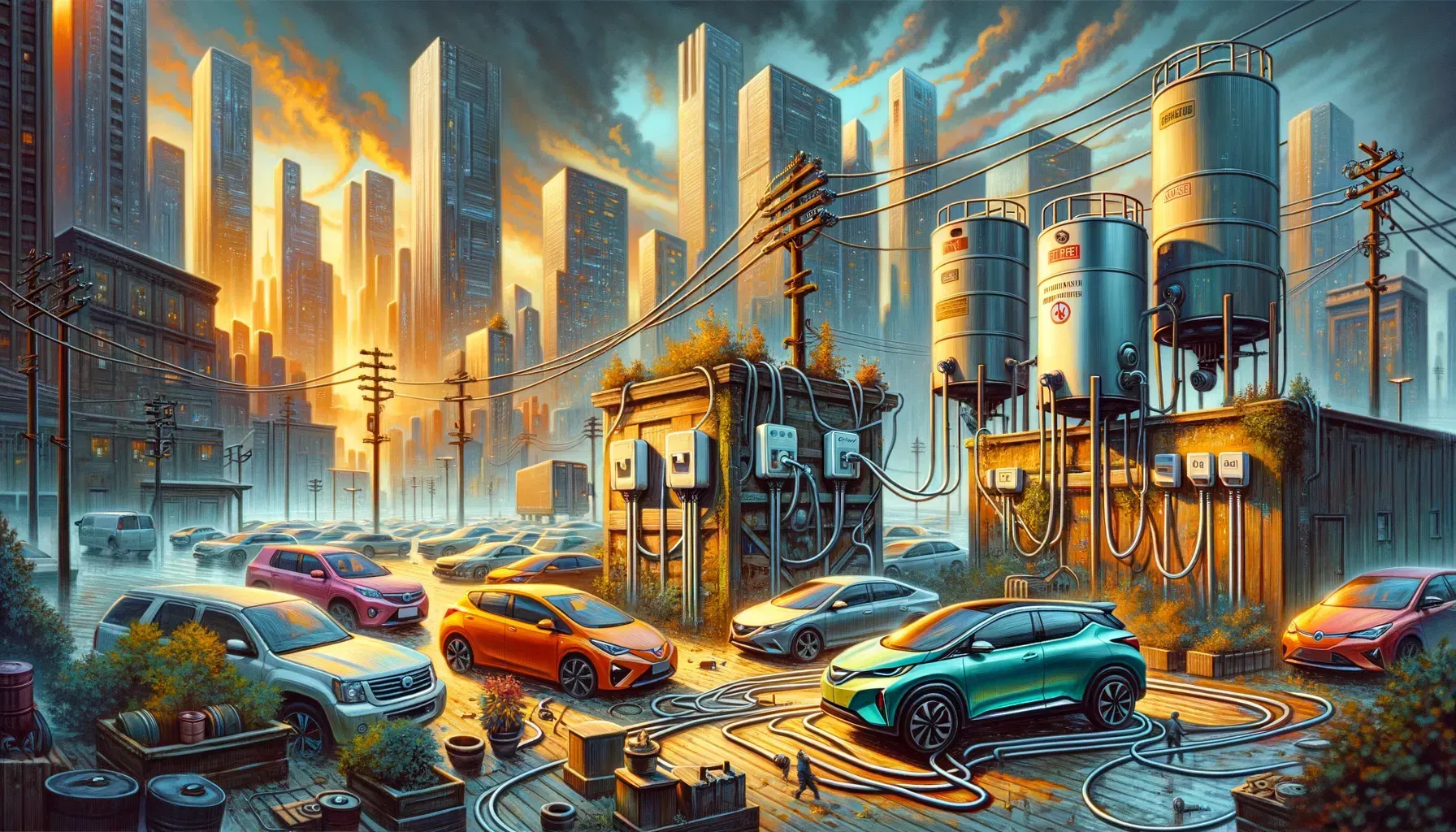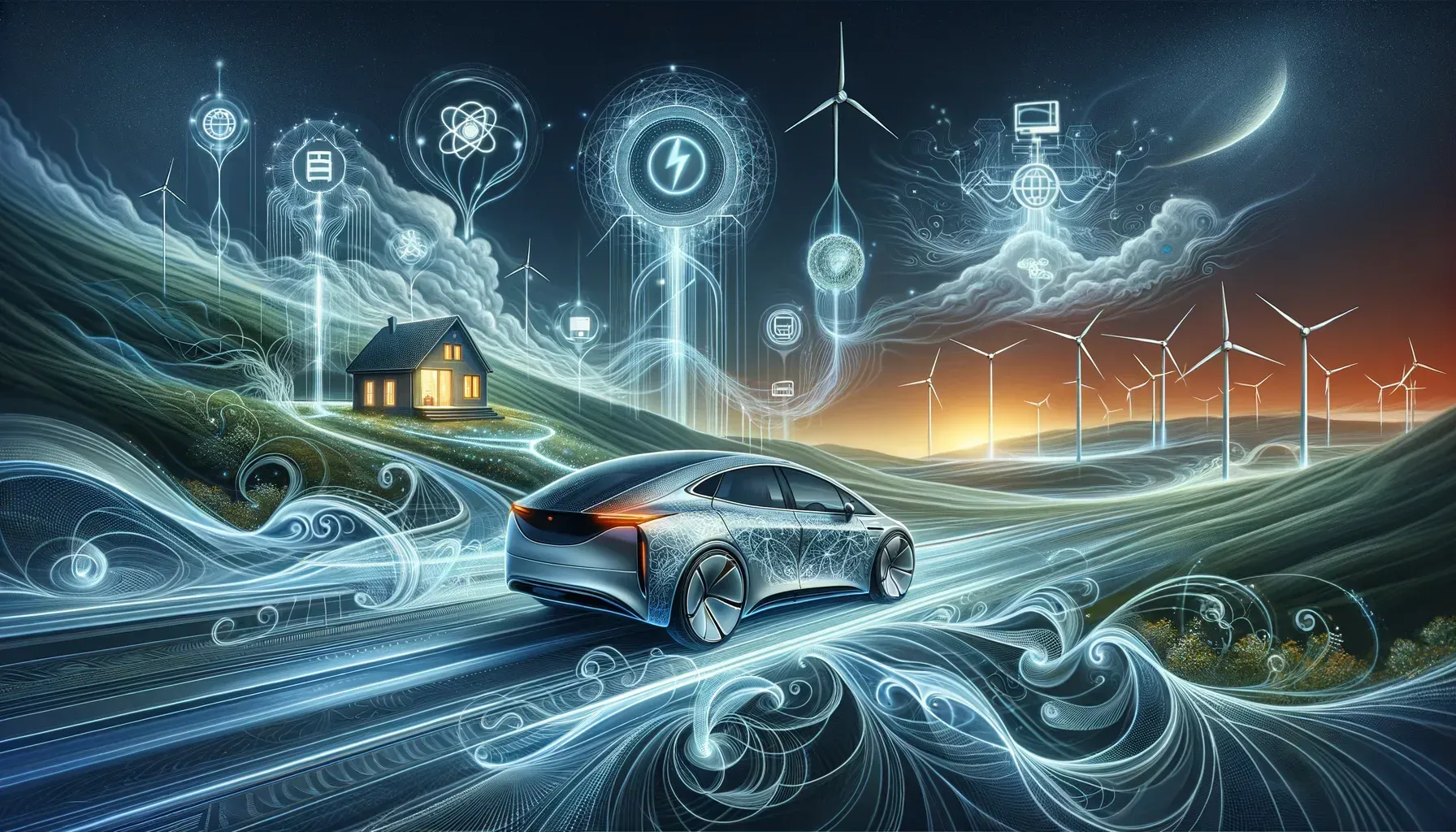Beyond the Tailpipe: The Hidden Perks (and Oddities) of Electric Vehicles and Brake Dust Pollution

Ever noticed how your car’s wheels get covered in a mysterious, dark grime? I used to think it was just another chore for the car wash, until a friend pointed out it was mostly brake dust—tiny particles that drift from the brakes and, you guessed it, into the very air we breathe. Fast forward to 2025, and cities are buzzing with electric cars not just for their green image but for an unexpected bonus: they’re tackling this overlooked pollution problem too. Let’s hit the brakes on assumptions and dig into what’s really happening on our roads.
Brake Dust vs. Tire Wear: The Odd Tradeoff of Electric Cars
When you think about electric vehicles (EVs) and their environmental impact, your mind probably jumps straight to tailpipe emissions—or, more accurately, the lack of them. But there’s another, less obvious benefit that’s starting to get attention: the dramatic reduction in brake dust pollution and its effect on urban air quality . Recent research from 2025, conducted in London, Milan, and Barcelona, is shining a light on this hidden perk, and it comes with a twist that might surprise you.
Let’s start with the basics. Every time a car slows down using traditional brakes, the friction between the brake pads and the rotors creates tiny particles—brake dust. These particles are so small, they float in the air and can be inhaled deep into your lungs. Over time, they build up on wheels, turning shiny rims a dull, sooty black. It’s not just an eyesore; it’s a health risk. The same grime you see on those ink-black rims? That’s what you’re breathing in, especially in dense city traffic.
Here’s where electric vehicles flip the script. Thanks to regenerative braking , EVs can slow down without relying heavily on friction brakes. Instead, they use their electric motors to recapture energy, sending it back to the battery. This process not only boosts efficiency but also slashes brake dust emissions. According to the EIT Urban Mobility study, EVs cut brake dust pollution by a staggering 83% compared to petrol cars. That’s not a small improvement—it’s a game-changer for urban air quality .
To put it another way, as Electrek summed up:
So EVs create a lot less of the worse thing, and a little more of the less-bad thing.
But there’s an odd tradeoff. Electric vehicles, especially battery electric vehicles (BEVs), tend to be heavier than their gasoline counterparts. That extra weight means more pressure on tires, which leads to slightly increased tire wear. Tire particles, like brake dust, are a form of non-exhaust particulate pollution . So, while you’re breathing in less brake dust, you might be getting a bit more tire dust in the mix.
Still, the numbers tell a clear story. Even with the uptick in tire wear, total non-exhaust particulate pollution —which includes brake, tire, and road wear—is 38% lower in BEVs compared to petrol cars. The main reason? Brake dust is the bigger culprit when it comes to harmful particulates, and EVs nearly eliminate it thanks to regenerative braking.
- EVs cut brake dust by 83%.
- Total non-exhaust particulate pollution is 38% lower in BEVs vs. petrol cars.
- Study focused on London, Milan, and Barcelona in 2025.
Why does this matter? Brake dust particles are especially concerning for human health. They’re fine enough to stay airborne, making them easy to inhale. Once in your lungs, they can aggravate respiratory issues and even contribute to cardiovascular problems. Tire wear particles, while still a concern, are generally heavier and less likely to become airborne to the same extent. That’s why experts and researchers are more worried about brake dust pollution in the context of urban air quality .
It’s not just scientists who are noticing. As one Electrek reader put it, “It’s not just the tailpipe y’all. I like to show people the rims on other [internal combustion engine] vehicles and point out the brownish and dark discoloration on those rims. Then I point out how that same thing is going into our lungs!!”
This shift in pollution sources highlights the importance of looking beyond just tailpipe emissions when considering the total particulate pollution from electric vehicles . The environmental impact of electric vehicles in 2025 is about more than just CO 2 —it’s about the air you breathe every day, especially if you live in a city.
So, while EVs may add a bit more tire dust to the roads, the dramatic drop in brake dust is a win for public health and urban air quality. The next time you see a car with sparkling clean wheels, you might just be looking at a small but important victory for cleaner city air.
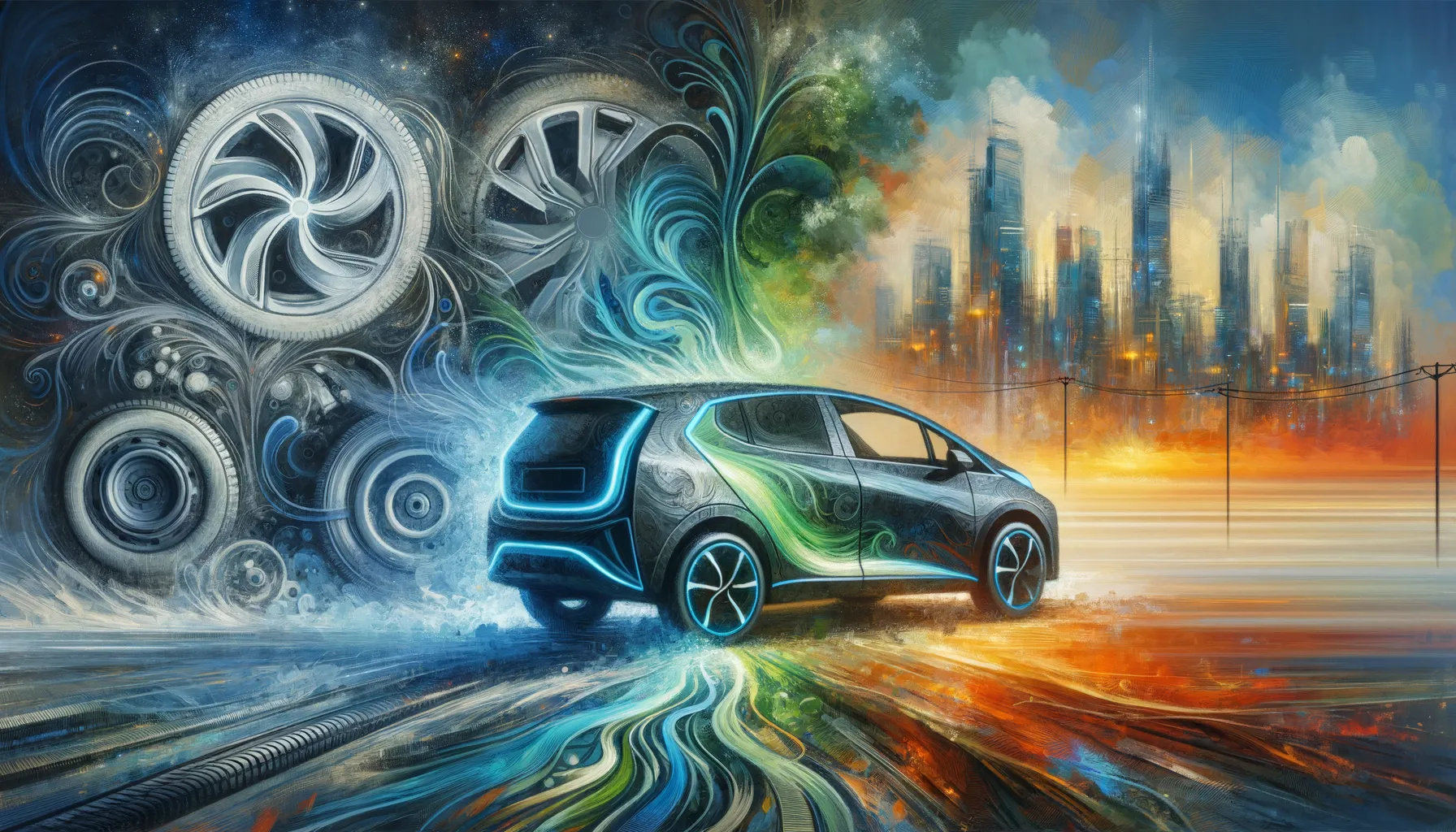
Invisible Threats: Health and Air Quality Gains in the City
When you think about air pollution from cars, it’s easy to focus on what comes out of the tailpipe. But there’s another, less obvious culprit: brake dust. And in cities packed with traffic, this invisible threat can have a surprising impact on your health and the air you breathe. Recent research is bringing new attention to the health impact of brake dust pollution —and how electric vehicles (EVs) are quietly making a difference.
Brake Dust: More Than Just a Dirty Rim
If you’ve ever noticed the brownish, dark grime building up on your car’s wheels, you’re looking at brake dust. It’s not just an eyesore. These tiny particles are produced every time a vehicle slows down using friction brakes. What makes brake dust especially concerning is how easily it becomes airborne. Unlike larger debris, these fine particles float into the air, making them easy to inhale. Once inside your lungs, they can trigger or worsen respiratory and cardiovascular issues.
As one EV enthusiast put it:
"I've been speaking with others about brake dust for years. I like to show people the rims on other vehicles and point out the brownish and dark discoloration... how that same thing is going into our lungs!!"
Why Urban Centers Are Hit Hardest
Dense cities like London, Milan, and Barcelona face unique challenges. More cars, more braking, and more people living close to busy roads mean higher exposure to non-exhaust emissions. Children, older adults, and anyone with asthma or heart conditions are especially vulnerable. Studies indicate that air quality improvement from electric vehicles is particularly critical in these urban environments, where every reduction in airborne particles counts.
How Electric Vehicles Change the Equation
Here’s where electric vehicles offer a hidden perk. Unlike gas-powered cars, most EVs use regenerative braking. This technology lets the car slow down by reversing the electric motor, which recaptures energy and reduces the need for traditional friction brakes. Less friction means less brake dust. According to a recent study by EIT Urban Mobility, cities with high EV adoption saw brake dust emissions cut by 83% . That’s a dramatic drop—one that goes well beyond the benefits of zero tailpipe emissions.
It’s true that EVs tend to be heavier, which can lead to slightly more tire wear. But research shows that when you add up all non-exhaust particulate pollution—brake, tire, and road wear—battery electric vehicles (BEVs) still come out ahead, producing 38% less total particulate pollution than gas cars. And since brake dust is more likely than tire particles to become airborne and inhaled, this reduction carries real weight for public health.
Health Benefits for the Most Vulnerable
Cleaner air from fewer brake dust emissions can make a big difference for city dwellers. Children, seniors, and people with respiratory conditions are at higher risk from air pollution. By reducing brake dust, EVs help protect these vulnerable groups from complications like asthma attacks, chronic bronchitis, and heart disease. The health benefits of electric vehicles extend far beyond what you might expect from just cutting tailpipe emissions.
Non-Exhaust Emissions: The Overlooked Factor
People don’t talk enough about non-exhaust emissions. Yet, as the new research highlights, reducing them could have a bigger impact on air quality in urban centers than you might guess. Brake dust is especially insidious because it’s so easily inhaled. Even if you never see it, it’s there—affecting the air in your neighborhood, your commute, and even inside your home.
- Brake dust particles are especially nasty for lungs and cardiovascular health because they get airborne easily—they’re not just an eyesore on your alloy rims.
- Cleaner air from fewer brake dust emissions can especially protect vulnerable city residents: children, elders, folks with asthma, etc.
- People don’t talk enough about non-exhaust emissions, but reducing them could actually have a bigger impact on urban air quality than you’d guess.
As more cities push for electric vehicle adoption, the benefits are stacking up. It’s not just about what you see coming out of the tailpipe. The invisible improvements—like less brake dust—are quietly making city air safer for everyone.

Zooming Out: What This Means for the Future of Clean Transport
When you step back and look at the bigger picture, the EIT Urban Mobility study findings are more than just another data point in the ongoing debate over electric vehicles. They’re a signpost for where clean transport is headed—and a reminder that progress is rarely perfect. Sure, the headlines love to tout “zero emissions,” but the reality is a little more nuanced. Yes, battery electric vehicles (BEVs) have made a serious dent in tailpipe emissions, but the story doesn’t end there. As this new research shows, the environmental benefits of electrified transport also extend to the invisible particles swirling around city streets: brake dust.
If you’ve ever noticed the brownish grime on the rims of a gas-powered car, you’ve seen brake dust in action. What’s less visible is how much of that dust ends up in the air you breathe. According to the EIT Urban Mobility study, BEVs cut brake dust emissions by an impressive 83% compared to petrol vehicles. That’s not just a small win—it’s a hidden perk that’s quietly shifting how policymakers and city planners think about vehicle fleets electrification. In cities like London, Milan, and Barcelona, where EV adoption is growing rapidly, these findings are already sparking new conversations about urban air quality and public health.
Of course, it’s not all sunshine and clean air. Some comment threads still worry about non-exhaust emissions, like tire wear. Let’s be real: EVs, thanks to their heavier batteries, can wear out tires a bit faster than their gas-powered cousins. But here’s the thing—research shows that while tire wear is slightly higher, brake dust is actually the more harmful pollutant for human health. Brake dust particles are finer, more likely to become airborne, and easier to inhale, which means they have a bigger impact on lungs and cardiovascular health. So, as one Electrek reader put it, “It’s not just the tailpipe, y’all.”
The story gets even more interesting when you look at hybrid vehicles. Regenerative braking technology, which lets EVs and hybrids slow down without relying as much on friction brakes, is a game changer. As the study notes, hybrid and plug-in hybrid vehicles reduce brake dust by 10–66%—not as dramatic as BEVs, but still significant. It’s a reminder that even incremental improvements can add up, especially as more cities consider electrified fleet policies. And as technology evolves, there’s hope that better tire materials and smarter designs will further reduce non-exhaust emissions in future EV generations.
But maybe the most intriguing question is what all this means for daily life. Imagine a city where cleaner air leads to fewer sick days, or where the definition of “clean driving” goes beyond what comes out of the tailpipe. The environmental benefits of electrified transport are no longer just about CO2—they’re about tackling multiple sources of pollution at once. Studies indicate that BEVs produce 38% less total non-exhaust particulate matter than petrol vehicles, which means the air in busy urban centers could get noticeably cleaner as EV adoption rises.
This shift is already influencing policy. The EIT Urban Mobility study is spurring discussions around electrified fleet policies in major cities, and the data is hard to ignore. As one expert put it,
“Regenerative braking technology reduces reliance on friction brakes, which are the primary source of brake dust pollution.”That’s a direct line from innovation to impact—one that could inspire even more breakthroughs in hybrid and plug-in hybrid vehicles.
Of course, there’s always room for improvement. No vehicle is truly “zero pollution,” and the push for cleaner transport will need to address everything from tire wear to energy sourcing. But the hidden win of brake dust reduction is already pushing cities and policymakers to fast-track EV rollouts and rethink what clean transport can achieve. As the conversation continues, you might find yourself reimagining what it means to drive clean—not just for the planet, but for the air you breathe every day.
TL;DR: If you thought electric cars were only good for zero emissions, think again: regenerative braking means far less brake dust pollution, and the resulting air quality improvements could help city dwellers breathe easier—even if tire wear takes a slight uptick.
